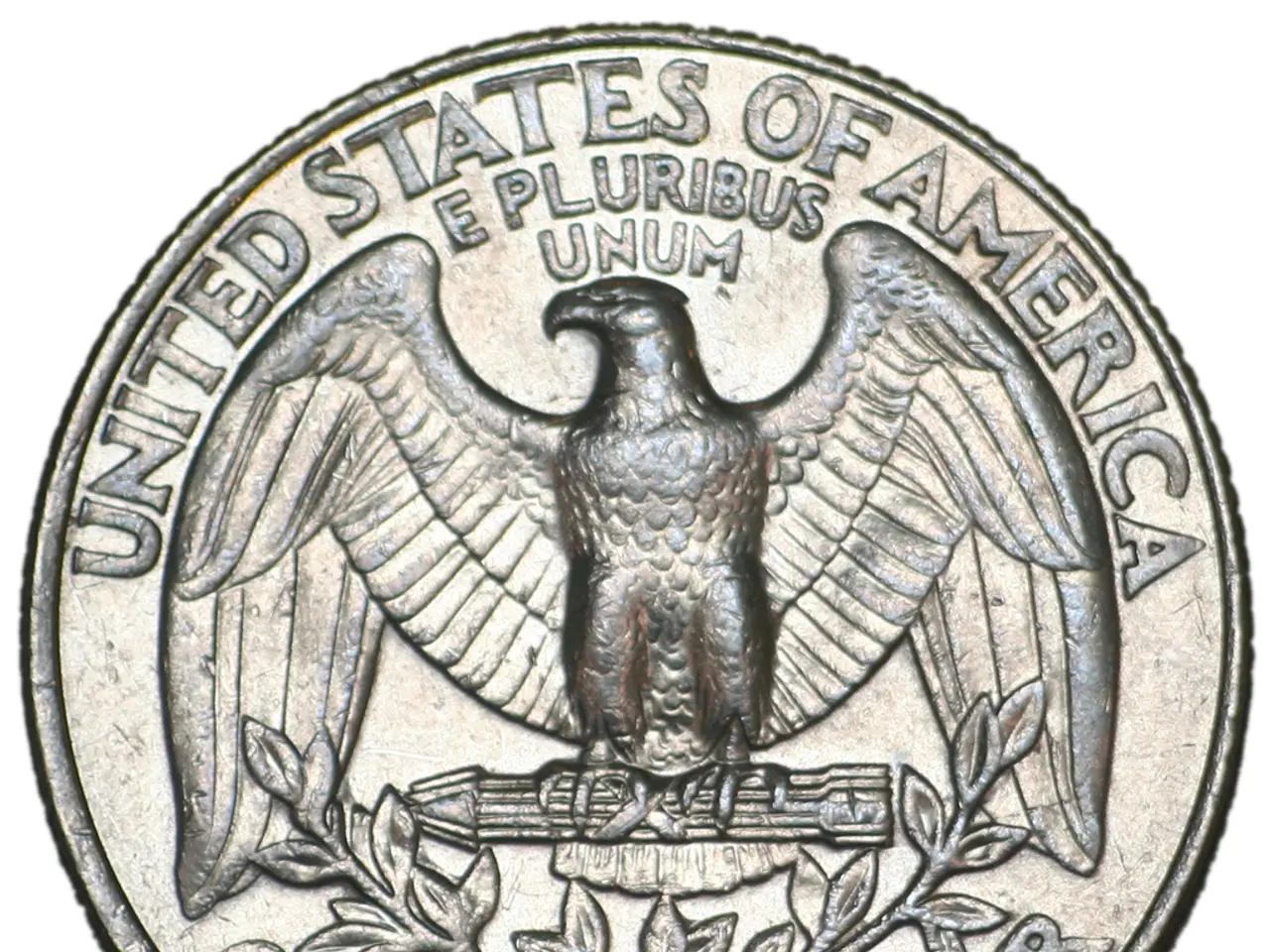Utilizing the Product Life Cycle: A Guide for Effective Application
In the dynamic world of business, understanding the product life cycle (PLC) is crucial for making informed decisions and ensuring success. The PLC, as defined by Linda Gorchels in her book "The Product Manager's Handbook," outlines the four main stages a product typically goes through: Introduction, Growth, Maturity, and Decline.
During the introduction phase, products are new to the market, and little or no competition exists. The focus is on product-market fit, validating the minimum viable product (MVP), and acquiring early adopters. Sales volumes are low, and costs are high, resulting in negative profits. Customer feedback and satisfaction are critical at this stage, as they can shape the product's future development.
As the product gains traction, it enters the growth phase. Sales and market share rapidly increase, and profit margins begin to improve. The emphasis shifts towards product differentiation, scaling infrastructure, and expanding the sales funnel. Competition starts to emerge, and it's essential to monitor and optimise the customer lifetime value (LTV) to customer acquisition cost (CAC) ratio.
Upon reaching the maturity phase, sales growth slows, and market saturation begins. Customer retention and upselling become key strategies, as does defending the market position and innovating adjacent products. High but stabilising profit margins are accompanied by increased competition, leading to price sensitivity.
The decline phase marks the end of a product's life cycle, but it's important to note that the business will usually remain and be involved in other products. Sales volumes decline significantly, and attempts are made to recreate the product, or it may become a legacy offering sold to a niche group. Costs are reduced as far as possible, and the focus shifts towards cost reduction, automation, and documenting learnings for future products.
Common indicators used to determine a product's stage in the PLC include sales revenue and growth rate, market share, customer retention rate, product return and complaint rates, and profit margin and return on investment (ROI). These quantitative metrics, combined with qualitative assessments such as customer feedback and product-market fit validation, provide a comprehensive insight into a product's life cycle stage.
It's essential to use the PLC as a guideline rather than a rigid tool for decision-making. As Philip Kotler advises, "Watch the product life cycle; but more important, watch the market lifecycle." Markets can also come to an end, and it's crucial to stay attuned to market trends and shifts.
In conclusion, understanding the product life cycle is a valuable tool for product managers, marketers, and designers. By monitoring key indicators and KPIs, businesses can make informed decisions about resource allocation, product optimization, and strategy adjustments throughout the PLC, ensuring their products remain competitive and successful.
- For a product to stand out in the technology-driven business environment, it's important to harness UI design strategies during the growth phase, as this not only enhances product differentiation but also improves user experience, thereby fostering customer satisfaction and loyalty.
- In the maturity phase, when market saturation is realized, finance becomes a significant factor in maintaining profitability. The emphasis should be on customer retention and upselling, with a focus on optimizing the customer lifetime value (LTV) to customer acquisition cost (CAC) ratio, as this helps sustain profits while juggling increasing competition and price sensitivity.




